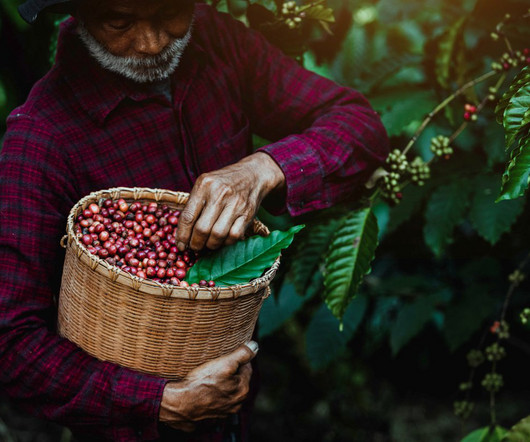Babugosha: An Exotic Delight
Kavya Organic Farm
SEPTEMBER 22, 2023
Although considered a traditional Asian fruit, historical evidence suggests that the Babugosha pears were first cultivated in Korea and China. Later, it made its way to Japan, where it was further cultivated and popularised as the Japanese pear. Pruning & Fertilising Pruning and fertilising play important roles too.













Let's personalize your content